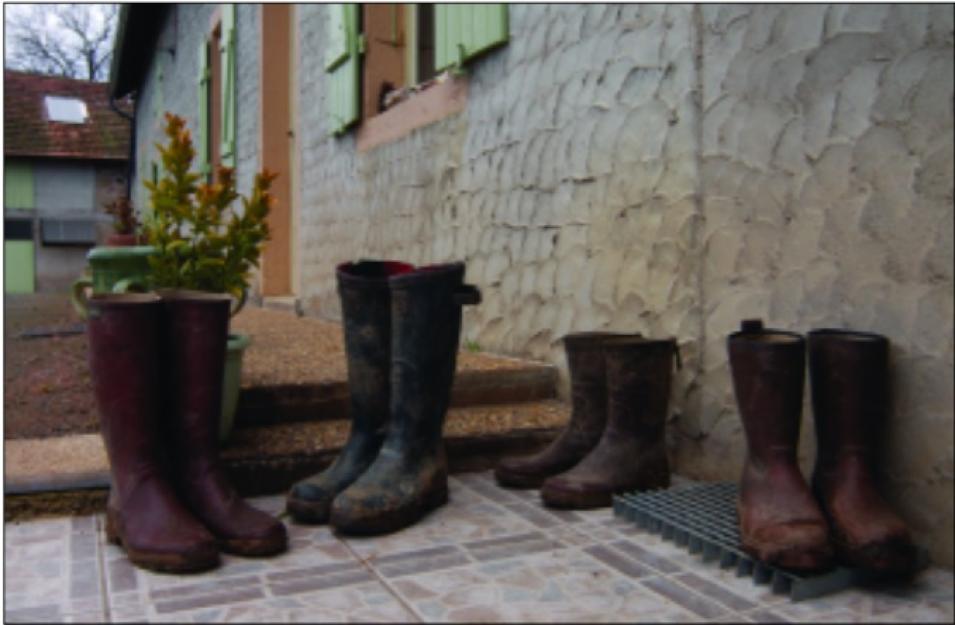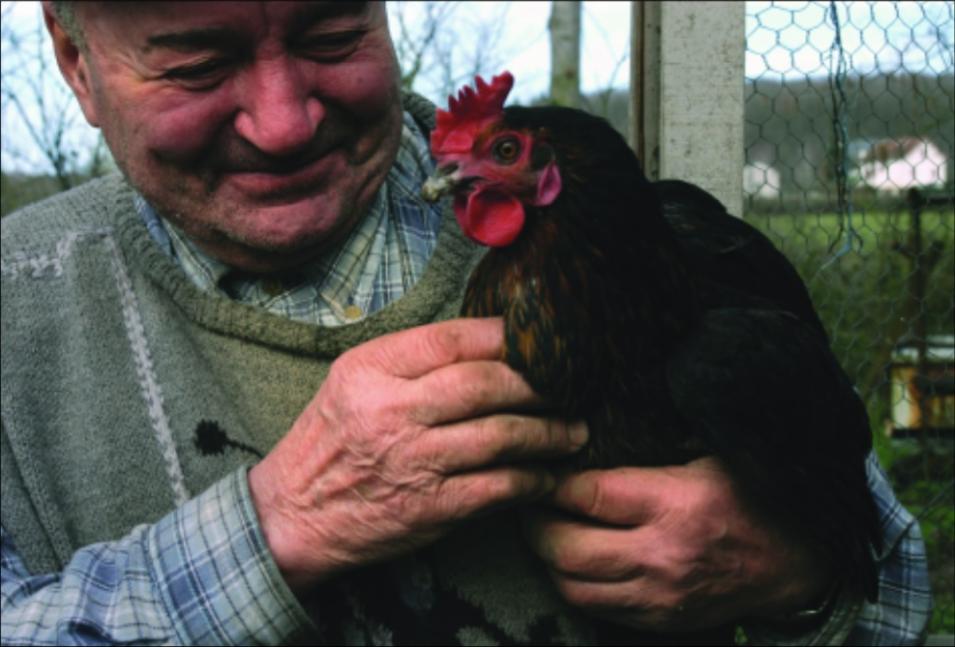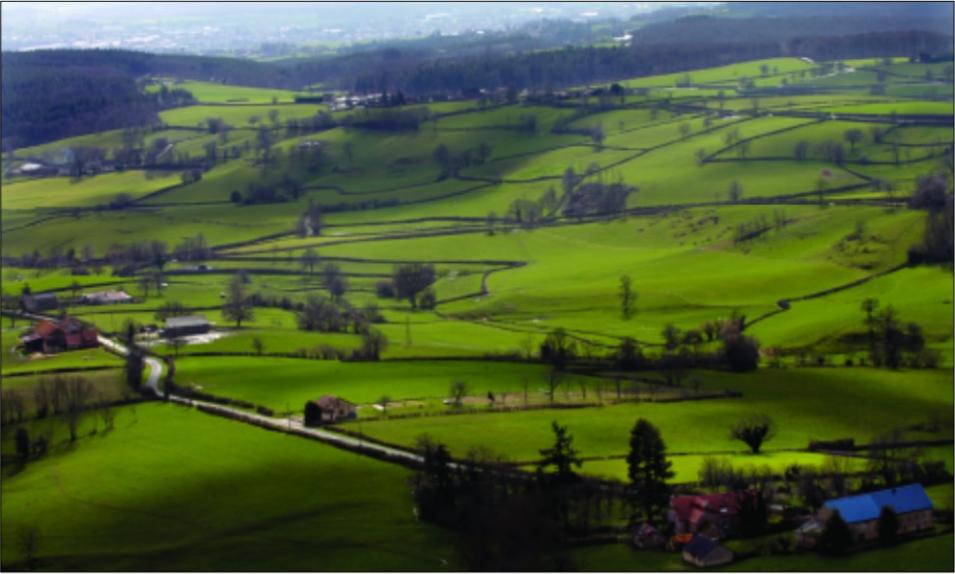Madry plans to keep current on the latest satellite data and find ways to strengthen the temporal and spatial content in the database. He said, “Recently, I’ve been looking at incorporating additional historical cartographic products. I’d like to try to work backwards in time from the remote sensing and GIS data.”
Adding data from old maps could clarify the picture leading up to the satellite era and strengthen the older spatial and temporal data. The central challenge for Madry lies in stitching together such disparate data into the existing foundation of the database. “How reliable are the scales on these old maps? How can they be integrated into our existing geographic material? These are the questions I’ll be tackling.”
The long-term database—a tapestry of histories and knowledge—will continue to grow and stretch as new researchers join the project and new remote sensing technologies strengthen the existing foundation. “If we can understand one place over a long period of time from many perspectives, then we can integrate this information and, in the end, help the next generation of researchers to understand complex issues like global warming and land-use change,” Madry said. “I’d never thought of it this way, before, but I guess the database is really a data archive.”
Crumley agreed. “And when you go into archives, you never know what you’re going to come across,” she said. “Except that you’ll find things that electrify.”
References
Crumley, C. 2000. From garden to globe: Linking time and space with meaning and memory. In The way the wind blows: Climate, history, and human action, Columbia Series in Historical Ecology , ed. William L. Balee and Carole L. Crumley, 193–208. New York: Columbia University Press.
Crumley, C. 2007. Historical ecology: Integrated thinking at multiple temporal and spatial scales. In The world system and the Earth system: Global socioenvironmental change and sustainability since the Neolithic , ed. Alf Hornborg and Carole Crumley, 15–28. Walnut Creek, CA: Left Coast Press.
Madry, S. In press. An evaluation of Google Earth for archaeological exploration and survey. In Proceedings of the Computer Applications and Quantitative Methods in Archaeology Meeting . Fargo, North Dakota.
Madry, S. 2005. Archaeological applications of remote sensing. Remote sensing for GIS managers. Stan Aronoff, ed. Redlands, California: ESRI Press.
For more information
NASA Alaska Satellite Facility Distributed Active Archive Center (ASF DAAC)
NASA Land Processes DAAC (LP DAAC)
GIS and Remote Sensing for Archaeology: Burgundy, France
University of North Carolina at Chapel Hill
| About the remote sensing data |
|---|
| Satellites | Terra | RADARSAT-1 | Earth Resources Technology Satellite-A |
| Sensors | Advanced Spaceborne Thermal Emission and Reflection Radiometer (ASTER) | Synthetic Aperture Radar (SAR) | Multispectral Scanner |
| Data sets | Multispectral Visible and Near Infrared (VNIR), Shortwave Infrared (SWIR), and Thermal Infrared (TIR) bands | C band | Multispectral Scanner bands, visible and infrared |
| Resolution | 15, 30, and 90 meters | 10 and 30 meters | 80 meters |
| Parameters | Vegetation and land use/land cover | Vegetation and land use/land cover | Vegetation and land use/land cover |
| DAACs | NASA Land Processes Distributed Active Archive Center (LP DAAC) | NASA Alaska Satellite Facility DAAC (ASF DAAC) | Originally acquired by NASA; now managed by the United States Geological Survey |




